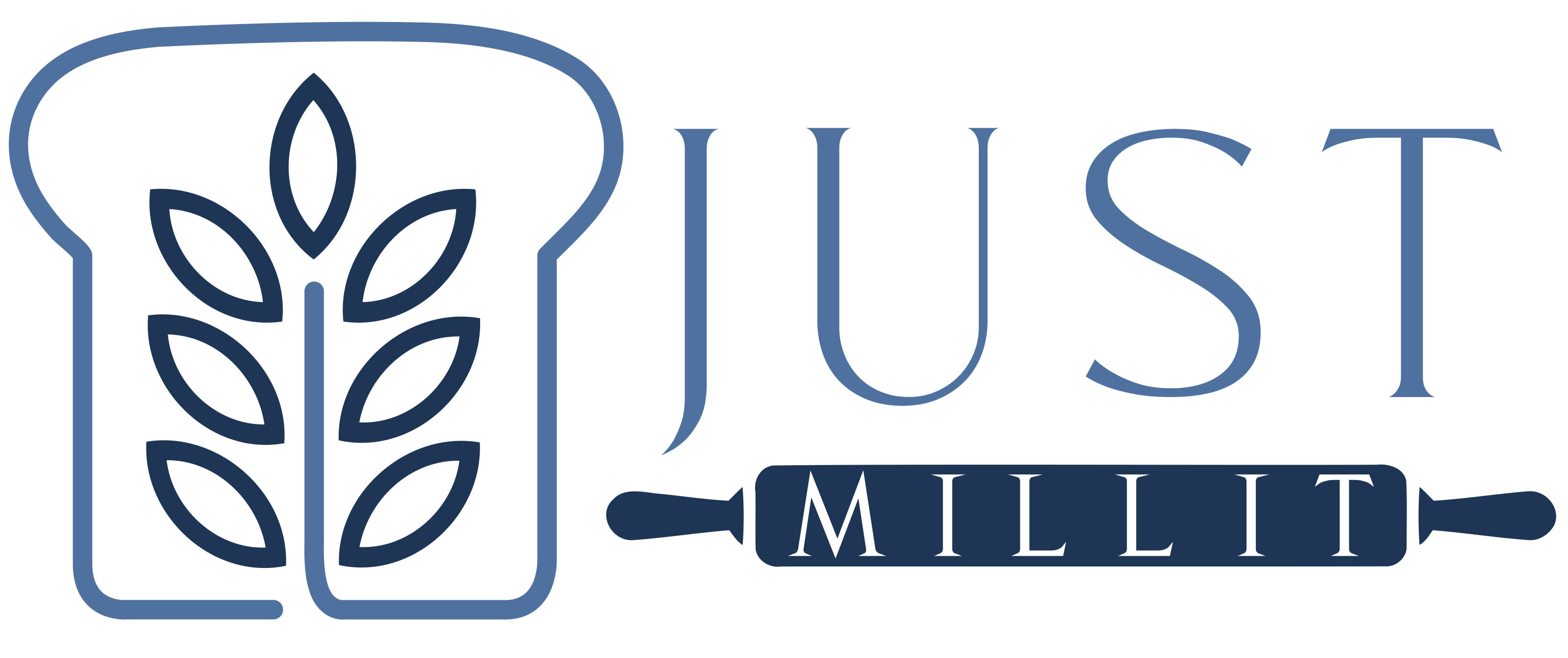Have you tasted the delicious fresh milled bread or pastries of a friend and are hooked? Are you open to the idea of eating tasty food while getting top nutrition? Maybe you jumped in head first and already bought a mill. Now what? You need some grains, and which ones to buy is going to depend on you and your family’s existing habits.
What Do you Eat the Most?
If your favorites include muffins, cookies, pancakes, or waffles, your choice of grains will differ from someone who prefers pasta or bread. It also depends on whether you’re dealing with picky eaters or if you’re open to exploring various flavors and textures.
Pasta Grains AKA Hardest Grain
This category uses the hardest of all the grains (highest protein), and is made without leavening (yeast or baking powder/baking soda).
| Ideal | Durum Wheat |
|---|---|
| Ancient | Khorasan (Kamut) / Emmer |
Bread Grains AKA Hard or Strong Grains
This category does best with strong grains (high protein content) likely to form a good amount the gluten network that makes great bread. It can be leavened with yeast, sourdough starter, wild yeasts, or even baking powder (as in Irish Soda Bread).
| Ideal | Hard White Wheat, Hard Red Wheat (Spring or Winter) |
|---|---|
| Ancient | Einkhorn, Spelt, or Rye plus the “Pasta” grains above |
Pastry Grains AKA Soft Grains
Leavened most often with baking soda or baking powder, and sometimes eggs (think popovers), soft grains with lower protein will help give a light and tender crumb.
| Ideal | Soft White Wheat, Soft Red Wheat |
|---|---|
| Ancient | Spelt, Barley, Rye, gluten free grains |
Sometimes you want pastries that are tender, but aren’t quite so tender that they easily come apart. This is when an all-purpose would work, by milling a mixture of grains, such as 1/2 hard 1/2 soft grains, or you could split the difference into thirds based on which properties you’d prefer (softer crumb vs. holds together better).
What if you can only afford ONE type of grain?
Buy grains based on the category you would bake from the most. For bread, you can buy hard white wheat and mix your pastries VERY little so the gluten is not developed.
Flavor of Grains
Note that red versions (like hard or soft red wheat) have a stronger, more whole wheat-like taste compared to their white counterparts. For picky eaters or those sensitive to flavor, choose white wheat varieties as your first choice.
If Pastries Are Your Focus
Consider using soft white wheat or spelt. When baking bread with these, ensure longer mixing times for better gluten development, or add vital wheat gluten to bolster structure.
Using Grains Across Categories
While each grain type is best suited for specific baking categories, you can experiment across categories. However, optimal results come from using grains tailored to each type of baking.
Once you have some grains on hand, you’ll likely want to go in one of these directions:
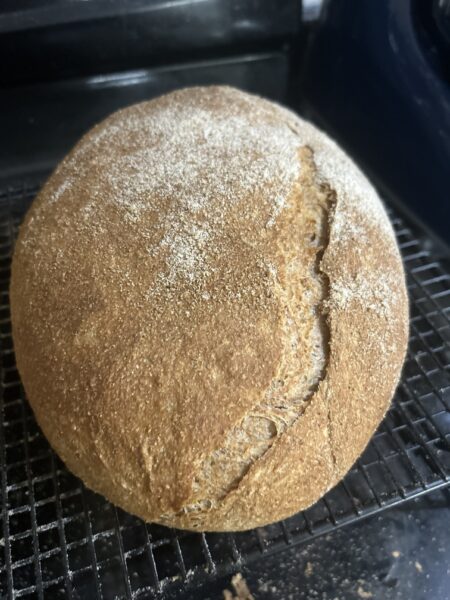
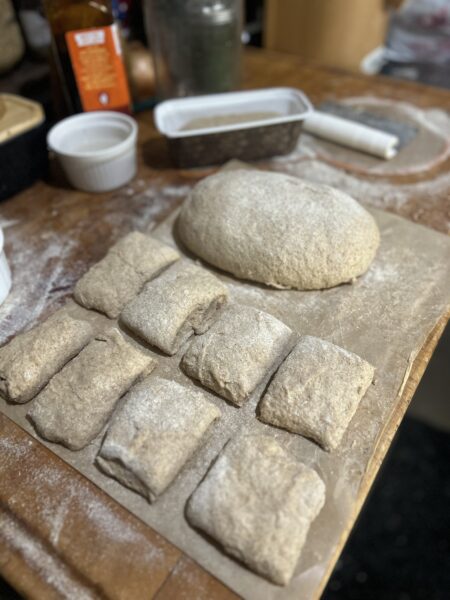
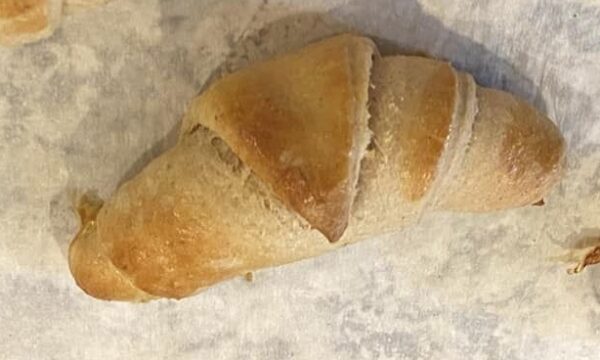
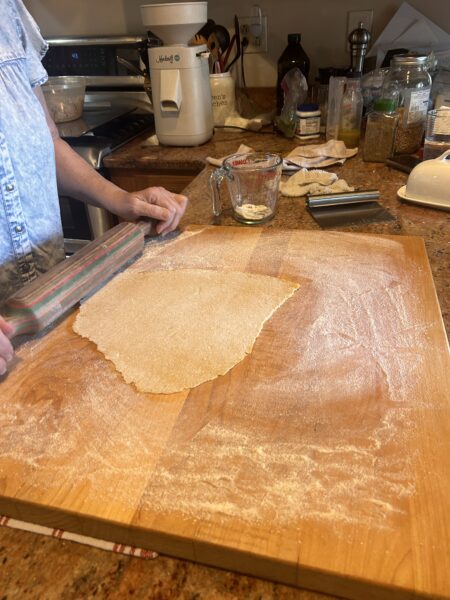

Final Thoughts
Start with the grains you use most frequently, then expand your selection based on your baking adventures. Remember, if bread isn’t your passion, focus on what you love most.
Ready to get started? Join our community for more tips and support on milling fresh flour and baking delicious treats!
